The Toyota Technical Workshop was recently held in Japan, which saw the Japanese carmaker announce a variety of new technologies that will support its transformation into a mobility company. Toyota remains committed to a multi-pathway approach when it comes to carbon neutrality, meaning it will introduce optimal powertrains for each region depending on the local environment.
With this approach, Toyota will offer efficient internal combustion engines as well as electrified powertrains, the latter encompassing hybrid (HEV), plug-in hybrid (PHEV), battery electric (BEV) and hydrogen fuel cell electric vehicles (FCEV). Depending on a country’s regulations and infrastructure availability, the carmaker will have appropriate products to serve customers.
On electric vehicles (EVs) specifically, Toyota has already announced the establishment of BEV Factory to accelerate its EV development and business. BEV Factory is deemed an “all in one team” that unifies functions and regions beyond the framework of a carmaker, including the Woven by Toyota mobility technology subsidiary and external partners.
Toyota’s goal is to roll out its next-generation BEVs globally in 2026, and by 2030, it expects 1.7 million out of 3.5 million units sold overall to be provided by BEV Factory. The carmaker’s recent event details some of the new technologies that can be applied to these upcoming BEVs.
First up, batteries. Liquid lithium-ion batteries, which are currently the mainstream, will gain enhanced performance by improving the energy density of monopolar square batteries (unified prismatic cells).
According to the company, its next-generation BEV with this “performance version” of the battery to be introduced in 2026 will be capable of providing a cruising range of 1,000 km, not just with increased energy density, but also with aerodynamics and weight reduction. Other positive gains touted include a reduction in costs by 20% compared to the current bZ4X and the ability to get from a 10-80% state of charge (SoC) in 20 minutes or less.
Additionally, the carmaker will adopt a bipolar battery design (from monopolar) derived from HEVs (like the Aqua/Prius c and Crown) for BEVs to expand the line-up, from low-cost to high-performance options.
Going into more detail, Toyota said it is developing low-cost batteries to provide customers with a variety of choices to suit their budgets. The bipolar structure battery mentioned earlier uses inexpensive lithium iron phosphate (LFP) as a material and is expected to be put to practical use in 2026-2027.
“We are aiming for a 20% increase in cruising range, a 40% reduction in cost, and quick recharging in 30 minutes or less (10-80% SoC) compared to the current bZ4X and considering installing it in BEVs in the popular price range,” the carmaker said.
In parallel with the “mass market” battery, a high-performance battery that combines a bipolar structure with a high nickel cathode will be put to practical use in 2027-2028. This is said to achieve even greater performance than the “performance version” of the square battery, with a 10% in cruising range, a 10% reduction in cost and a quick charge time of 20 minutes or less (10-80% SoC).
Toyota is also working with solid-state batteries, which it says are finally entering the practical application phase for use in BEVs. Work is currently ongoing on developing a method for mass production, with commercialisation targeted to take place in 2027-2028.
Expected improvements are a 20% improvement in cruising range over the “performance version” of the square battery and a quick charge time of 10 minutes or less (10-80% SoC), but costs are currently “under scrutiny.” A higher-level specification of solid-state batteries is under research and development too, with the aim of a 50% improvement in cruising range compared to square batteries.
Other aspects of a BEV will also be enhanced to improve appeal, starting with downsizing the eAxle’s key components such as the electric motor, gearbox and inverter using knowledge gained from the development of HEVs by BluE Nexus, Aisin, Denso and Toyota. A smaller eAxle will allow for more efficient packaging to improve cruising range and allowing for more cargo space.
Meanwhile, BEV inverters will feature silicon carbide (SiC) semiconductors with 50% less power loss for a 10% improvement in overall efficiency. Toyota is also working with its partners to develop the industry’s largest eight-inch semiconductor wafer.
The multi-pathway approach is also tied to the vehicle platforms developed by Toyota. Put simply, the carmaker wants a “one size fits all” solution where a platform can accept a variety of electrified powertrains. There’s already a proof of concept in the form of a Crown that has been converted into a BEV.
It isn’t just vehicle technology that is undergoing a transformation at Toyota, as how they are manufactured will also be changed. The vehicle body will be constructed from three main components in a new modular structure, while also being simple and slim in structure.
Additionally, it will be and moulded through giga casting for significant parts integration, which includes technology for integrated moulding with aluminium diecasting of what used to be made with dozens of sheet metal parts. This reduces waste and the number of processes for more efficient manufacturing.
Traditional conveyors will also be a thing of the past in Toyota’s next-generation production plant, with technology being developed to enable mass-produced cars under assembly to move to the next process on their own. This allows factory layouts to be more flexible while reducing investment and lead time to prepare for mass production, which could take years.
Looking to sell your car? Sell it with Carro.

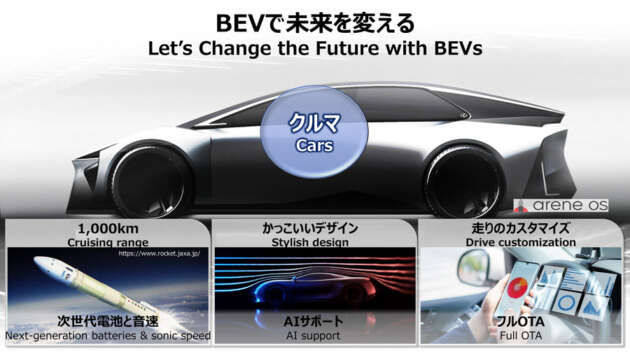
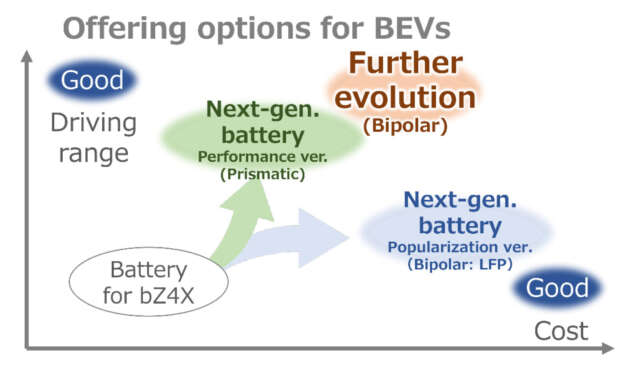
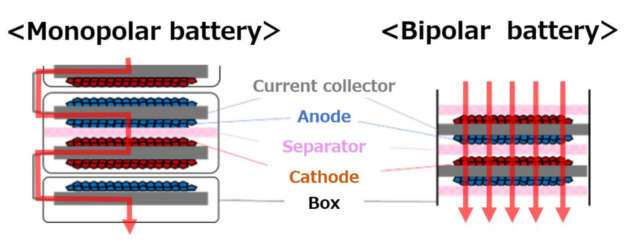



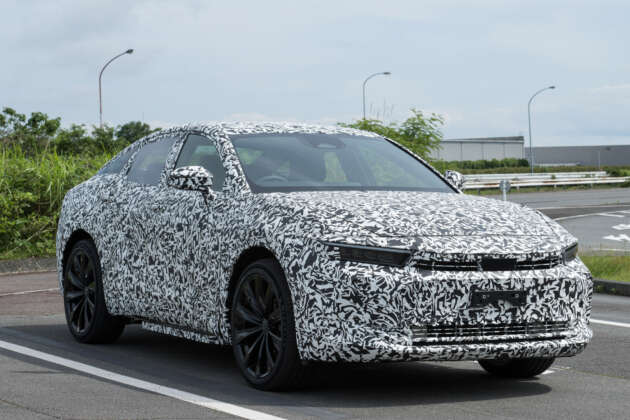
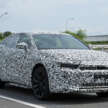
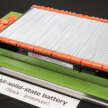
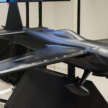
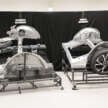
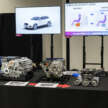
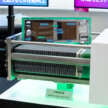



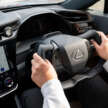



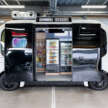
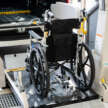
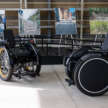




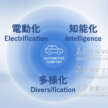
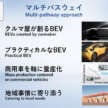
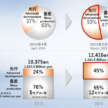
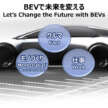
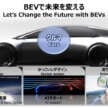
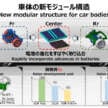
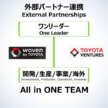
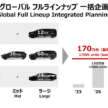
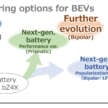
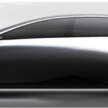
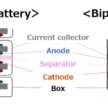
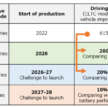
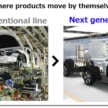

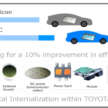



























Toyota’s PowerPoint skills straight from the early 00s !
Engineering Marvels, not Graphical pitching for Investor.
Dear Gerard, if possible do study based on Toyota’s claim vs SAIC’s claim on battery tech please.
Dear Toyota,
Please upgrade your presentations please (LOL)
At least 10 years behind tesla
People who are late to the party always have the most fun and get to score.
I thought Toyota CEO said he is not interested in EV and EV is not good?? Hmmmm. Looks like Toyota is a desperate dying old man that only seels their cars to poor countries today. Countries with EV has stopped or reduce buying Toyota.
why not just admit defeat and buy latest EV battery tech from China? Even Tesla buys tech from China now.